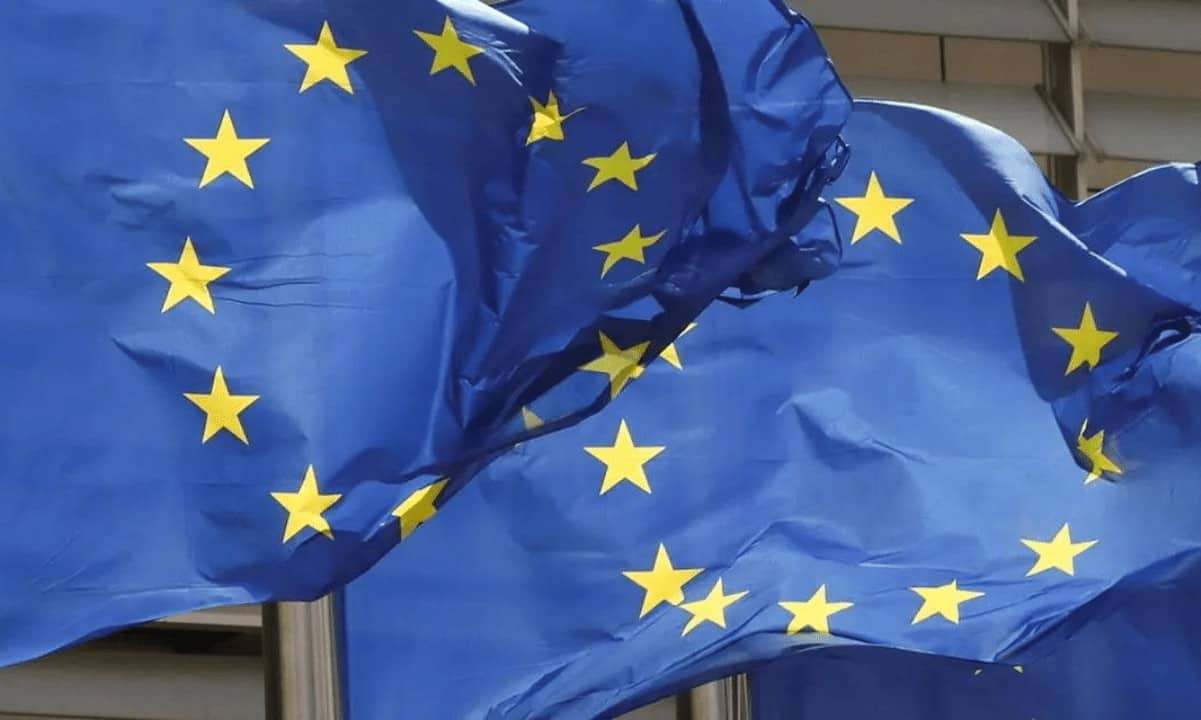
Markets in Crypto Assets (MiCA) is being hailed as the world’s first comprehensive set of rules that aims to bring the largely unregulated cryptocurrency markets under government regulation.
It is part of a broader digital finance package, aka ‘Digital Operational Resilience Act (DORA),’ which aims at protecting the financial services sector from fraudulent activities and is likely to become law in July 2023, setting the wheels in motion for the rules to take effect by January 2025 in stages.
While the United States is bogged down in the struggle of clarifying what the digital assets are, the European Union, with MiCA in the picture, has doubled down on how to regulate, instead of who is going to regulate the space – an approach that could prove to be a game-changer.
But the big question is how will MiCA impact the European crypto market.
Quashing Europe Exit Concerns
The EU Council – representing 27 member states, unanimously approved MiCA, becoming the first major jurisdiction in the world with a crypto licensing regime.
The positive reception received by the EU’s robust regulatory framework can be attributed to the fact that lawmakers have mostly refrained from adopting the “regulation-by-enforcement” approach. Therefore, several other markets and jurisdictions have begun looking to MiCA as a precedent in order to stay competitive in the global market. Following its footsteps are countries like the UK, Australia, and Hong Kong.
Several experts have weighed on how MiCA could shape the regulatory landscape in the broader crypto industry.
Banxa’s Director of Compliance, Brinda Paul, for one, believes MiCA sets a high standard for consumer protection, which will benefit customers immensely from a more reliable and trustworthy crypto market. In a conversation with CryptoPotato, the exec further added that “heightened customer confidence has the potential of increasing participation in the crypto economy.”
Its introduction is mostly expected to serve as a catalyst by attracting both startups and prominent businesses, setting the stage for more healthy competition.
As for end-users, Laura Chaput, head of regulatory compliance at Brussels-based market-maker Keyrock, said that rules on governance will increase transparency, rules on stablecoins issuers will offer more “confidence that their tokens are properly reserved and redeemable, and safeguards against market manipulation will increase market integrity.”
But changes won’t be very significant or noticeable for regulated entities that have already enacted strict KYC and AML procedures. But users of unregulated or non-compliant exchanges may encounter withdrawal issues and will likely be asked to provide additional information regarding their identity and source of funds, according to Zonda’s Przemyslaw Kral.
Addressing Market Manipulations and Abuse
There are legitimate speculations about how the alleged malpractices at FTX could have been prevented had MiCA been implemented earlier. In fact, European Parliament economics committee member Stefan Berger previously stated that the adoption of MiCA as a global set of regulatory standards would have prevented such a disaster from happening.
On the aspect, Banxa’s Paul noted that MiCA introduces stringent measures to promote a secure, transparent, and fair crypto market, including disclosures of inside information, strict prohibitions of insider dealing, unlawful disclosure of inside information, and market manipulation.
Hence, it is safe to say that obtaining authorization under the regulatory regime will not be an easy task, and ongoing controls exercised by competent authorities will generate substantial and recurring compliance activity by the crypto service providers.
Tiana Whitehouse, Chief Compliance Officer at CLC & Partners, further explained,
“MiCA is broadly aligned with the EU’s existing Market Abuse Regulation (MAR), which applies to securities and derivatives. Under the new legislation, CASPs and other participants facilitating trades in crypto-assets in the EU must have adequate controls to prevent and detect market abuse and manipulation.”
Bone of Contention
MiCA is set to be implemented in two stages. The first 12-month phase-in period deals with stablecoins and the next 18-month period for the remainder of the industry. For now, the focus will be on its implementation, which entails offering a wide-encompassing set of rules for the crypto market.
Overall, the regulation seeks to govern the issuance and provision of services related to crypto-assets and stablecoins. But it has left several components of the digital asset industry outside its scope. One such is the non-fungible tokens.
Despite being excluded from MiCA’s explicit white paper requirements, the NFT sector will still likely feel the regulation’s influence, as per Yuriy Brisov, Co-Founder and Chief Legal Officer at IOGINALITY NFT Marketplace. He further added,
“Indirectly affecting NFT marketplaces by imposing AML/CTF rules, MiCA could contribute to increased transparency and trust in the booming world of digital art, collectibles, and more, ultimately elevating the NFT space.”
Binance Free $100 (Exclusive): Use this link to register and receive $100 free and 10% off fees on Binance Futures first month (terms).
PrimeXBT Special Offer: Use this link to register & enter CRYPTOPOTATO50 code to receive up to $7,000 on your deposits.
